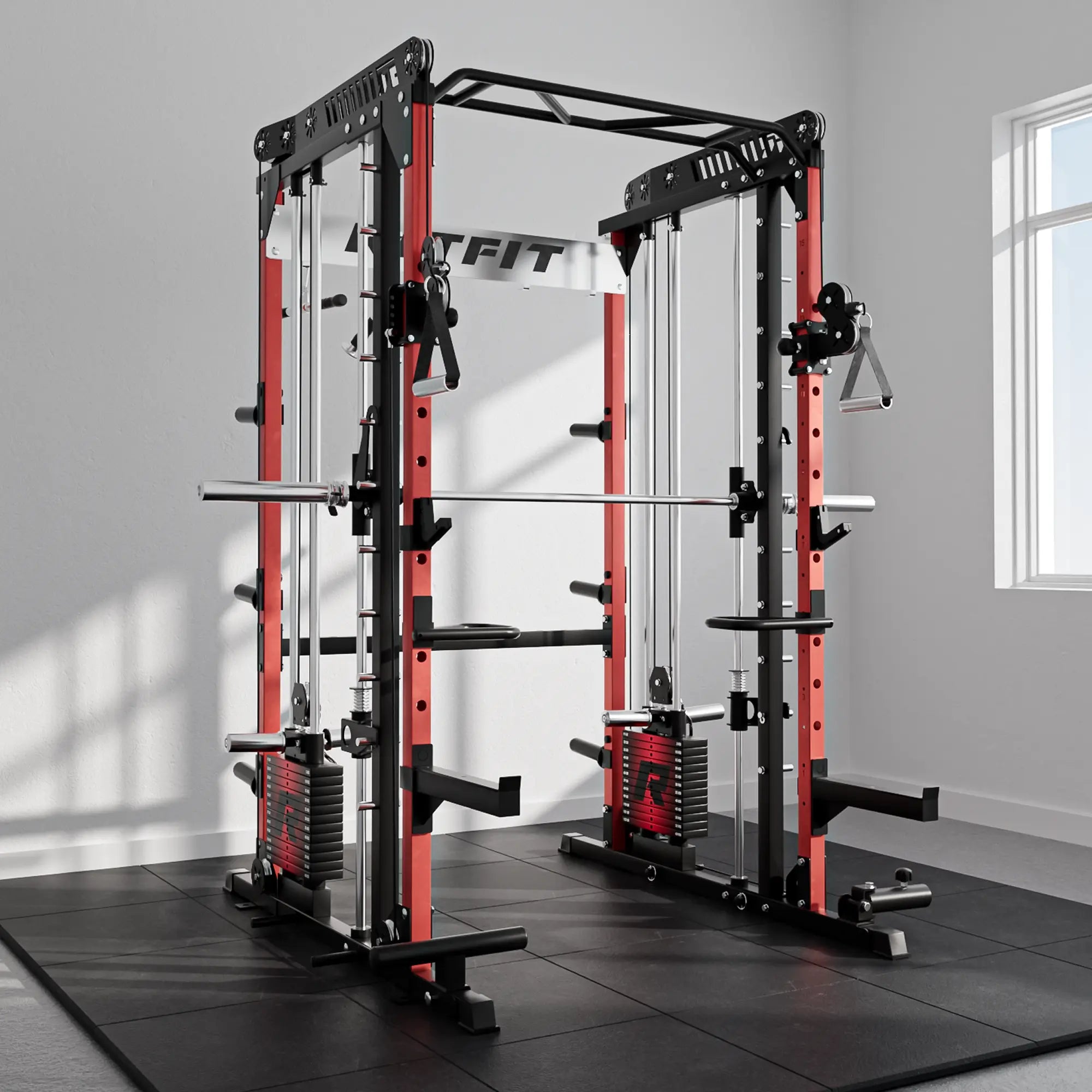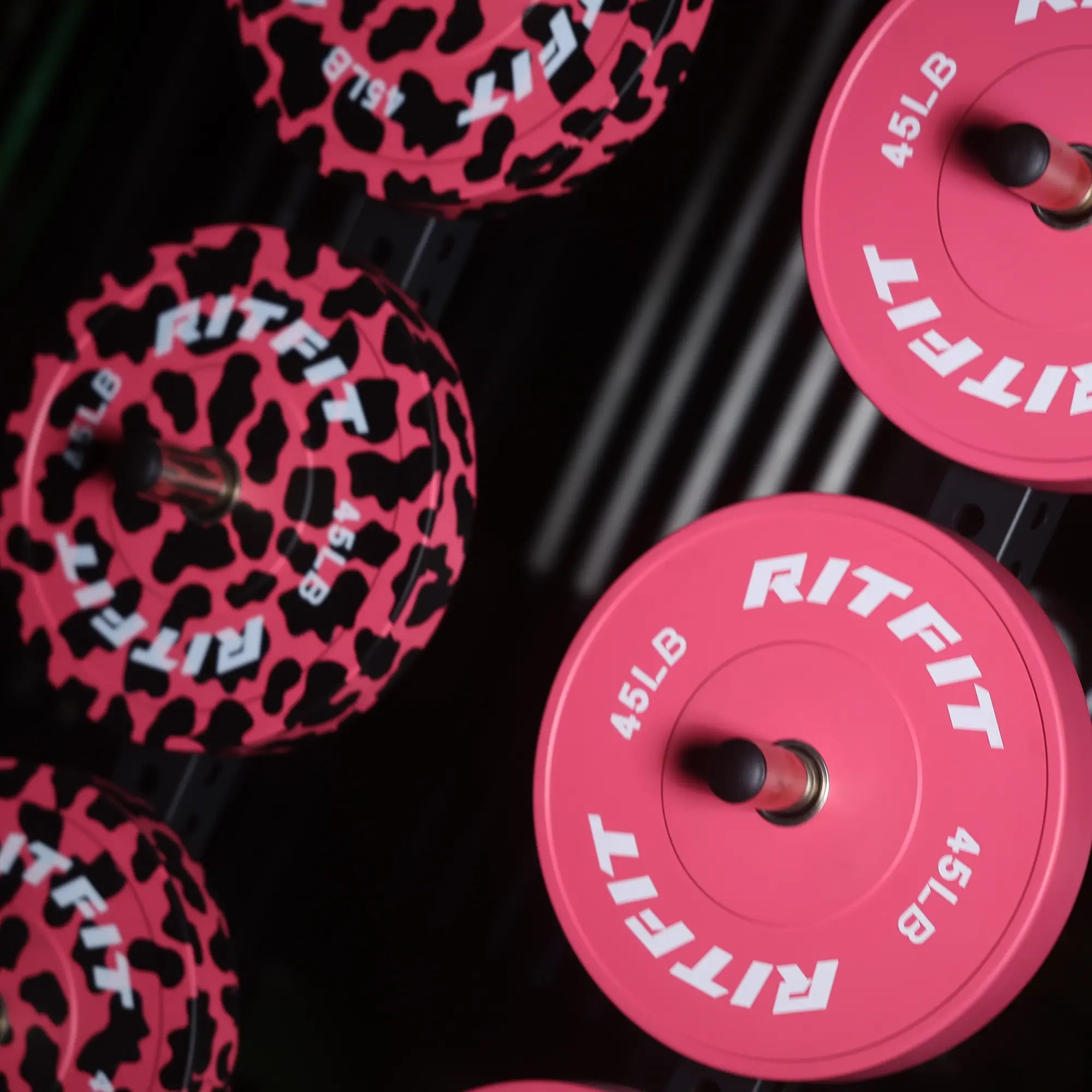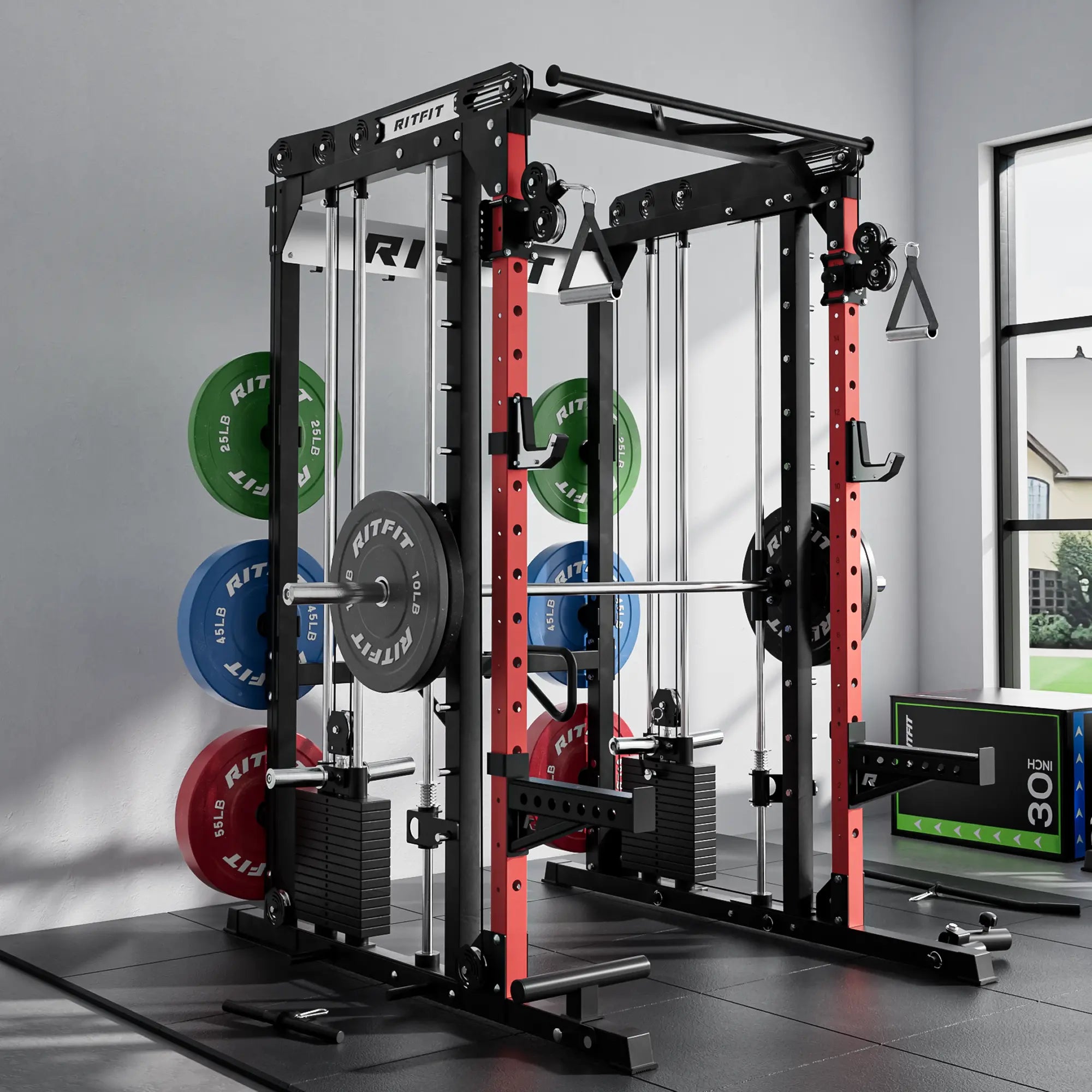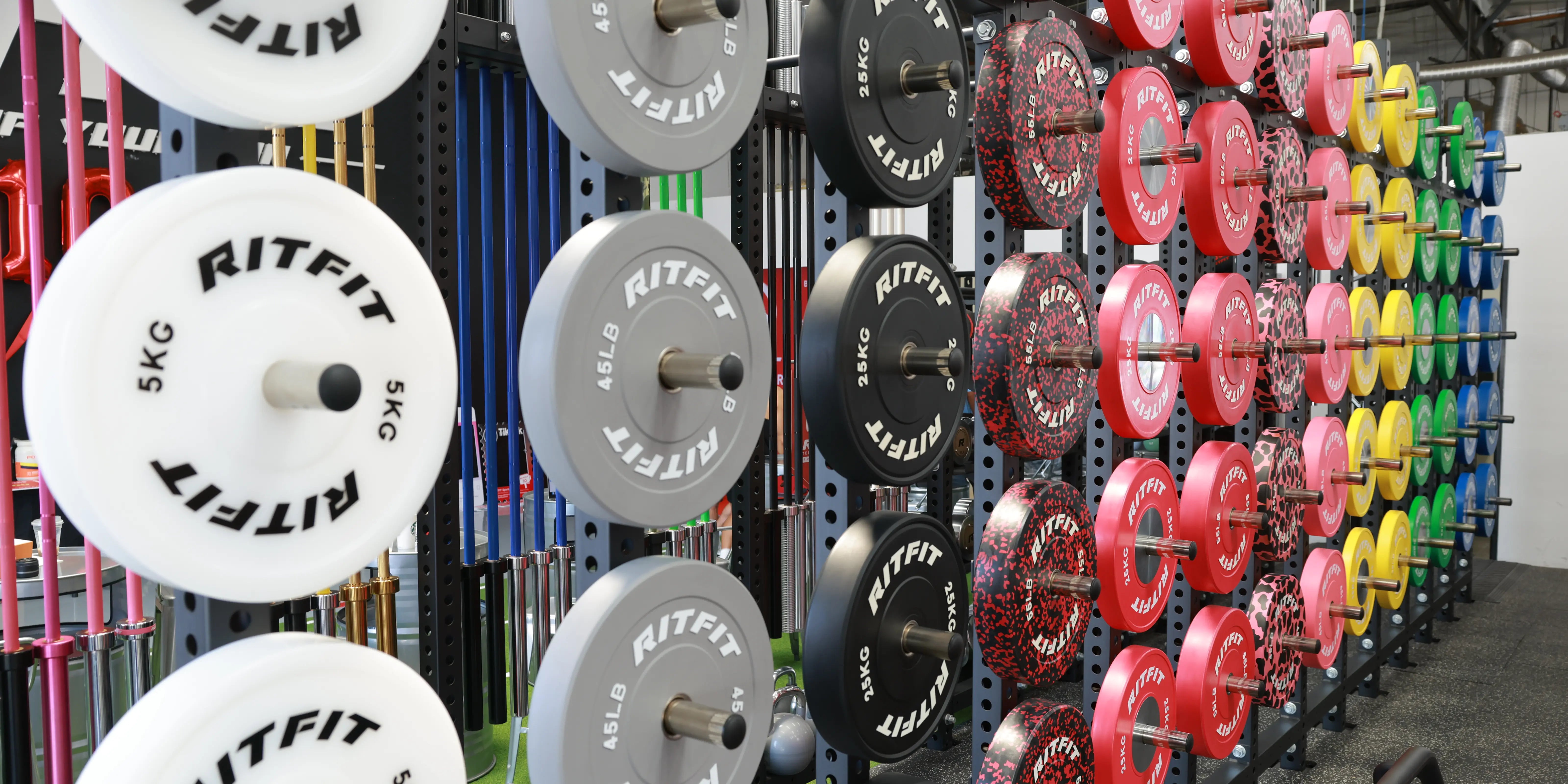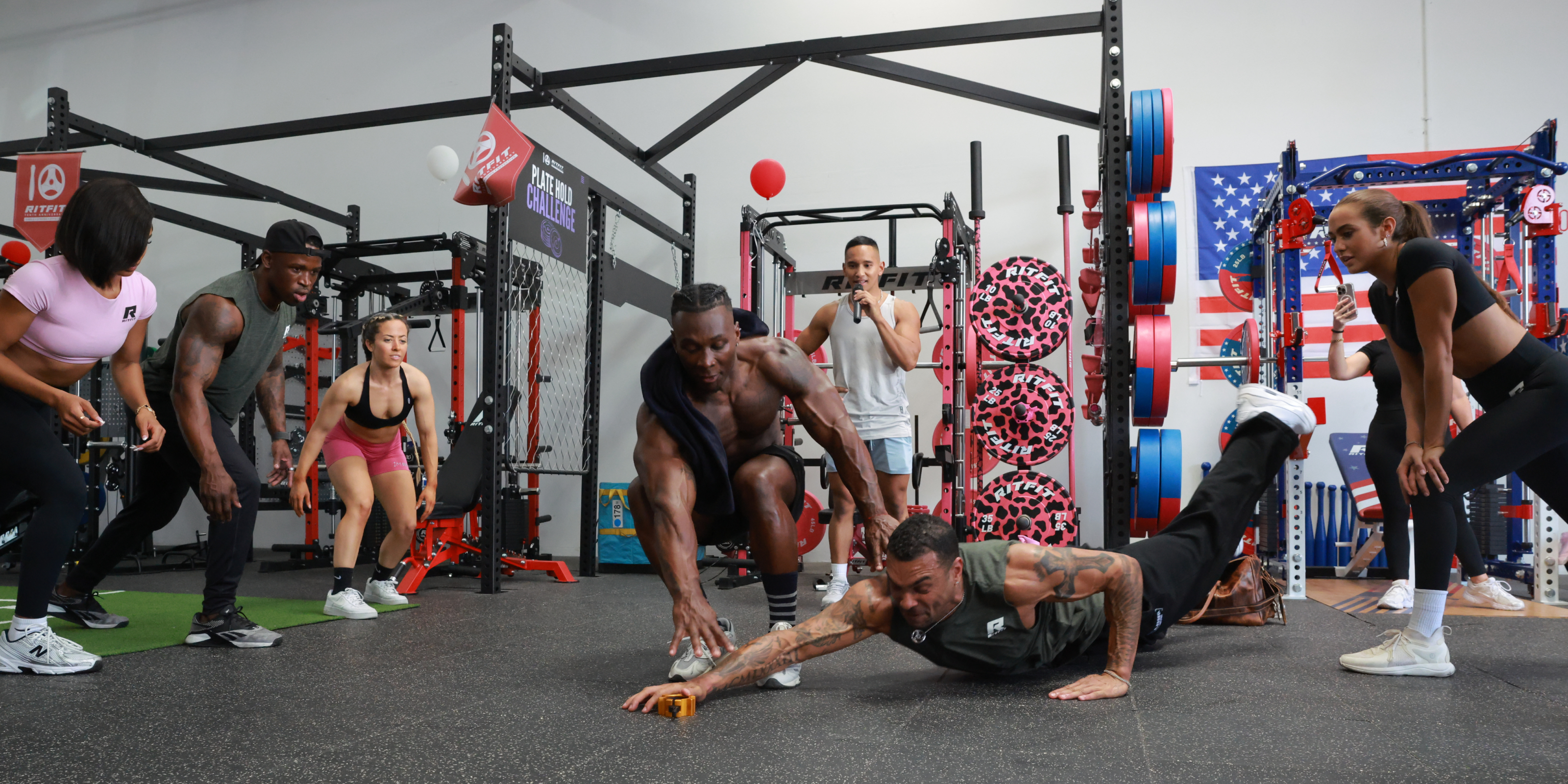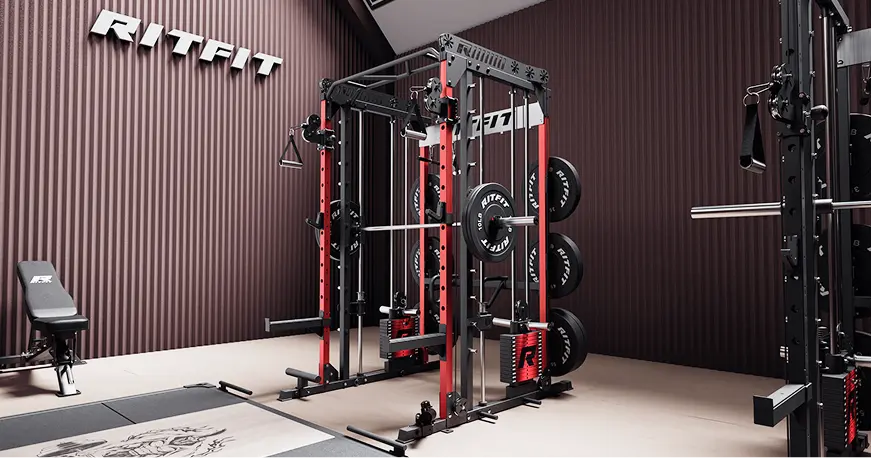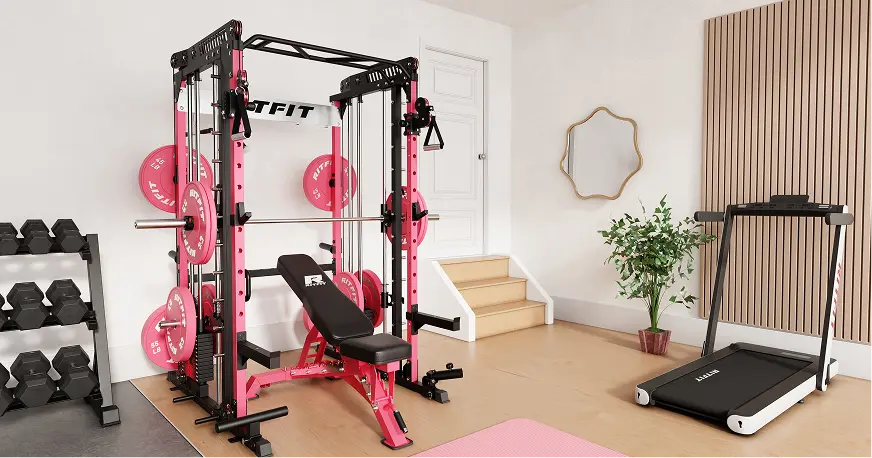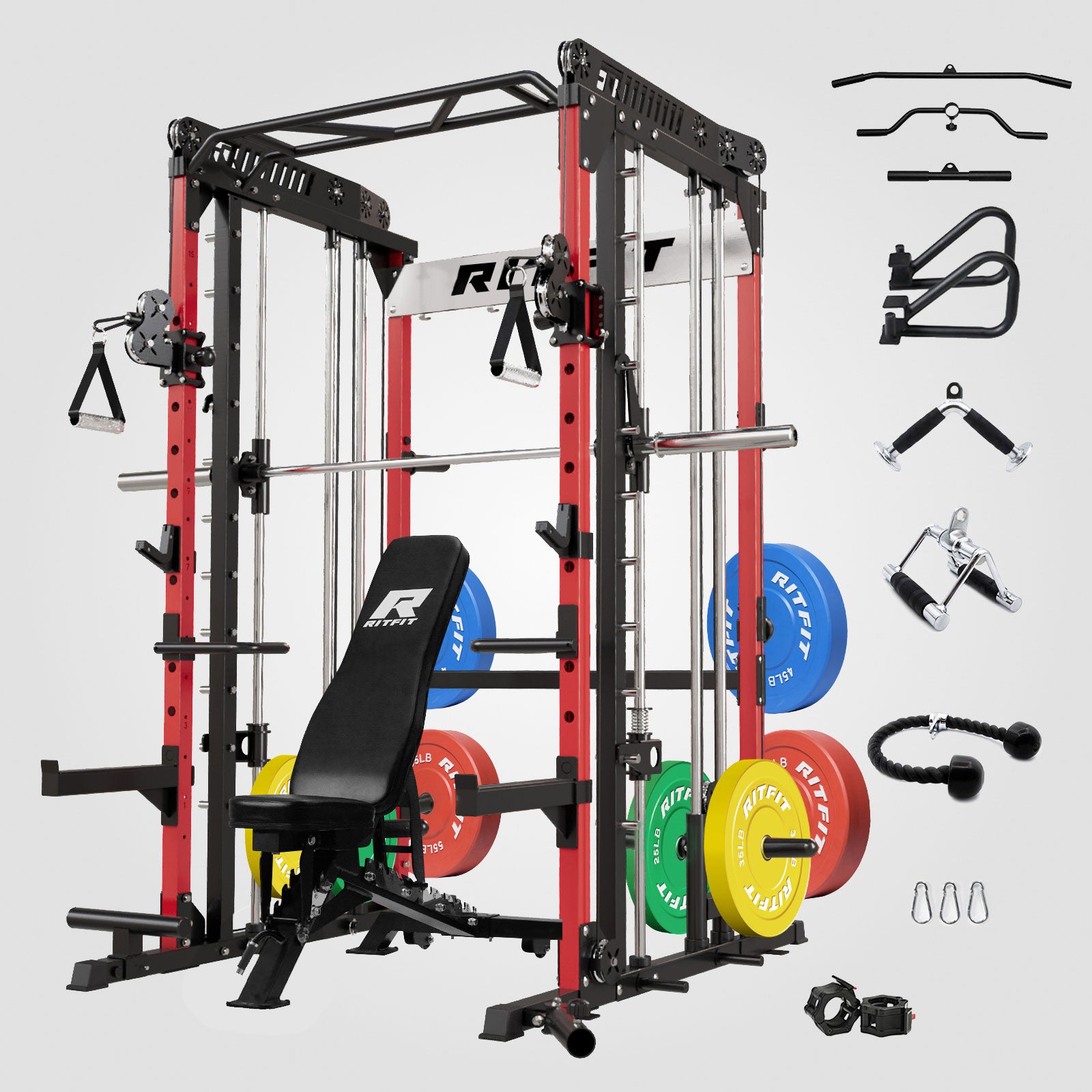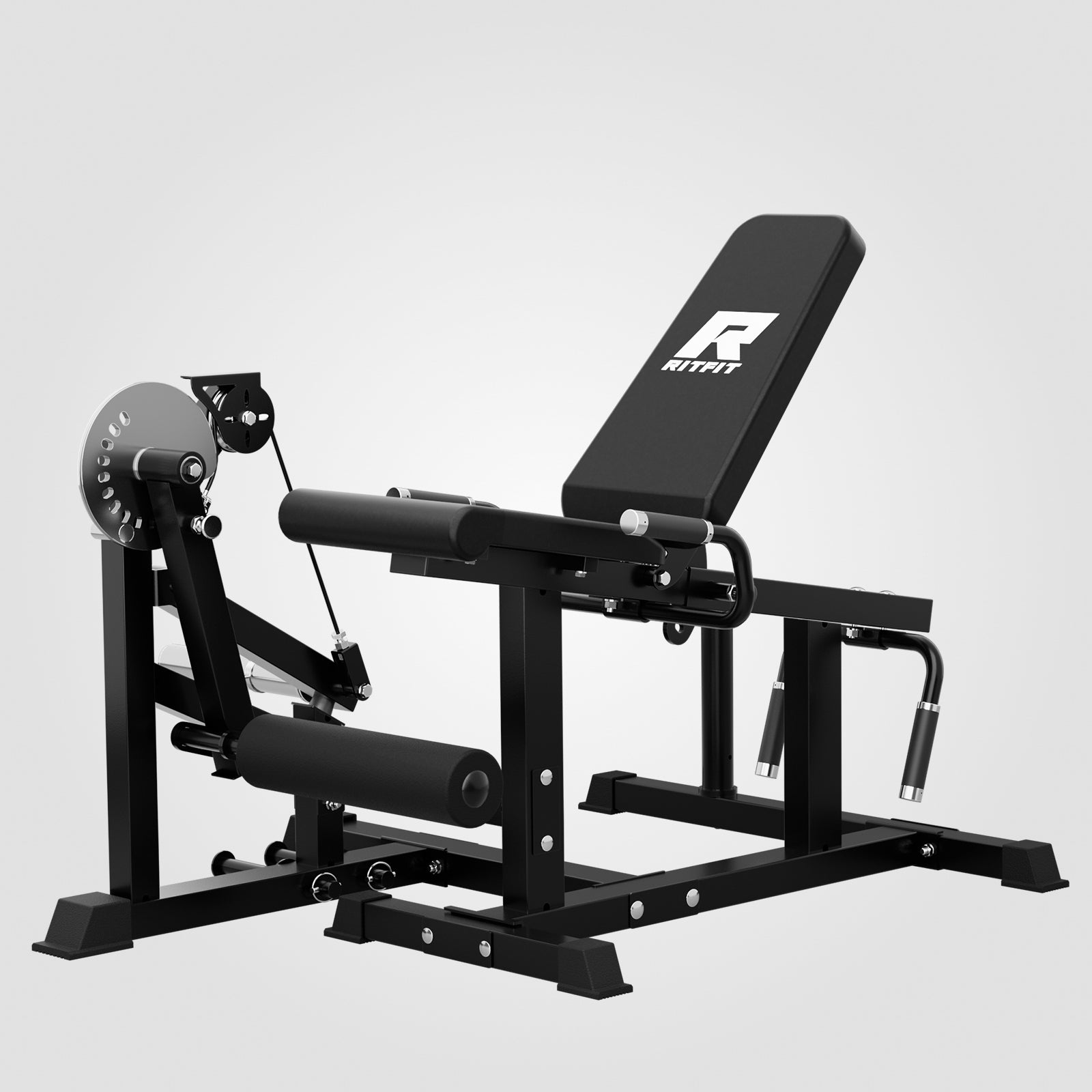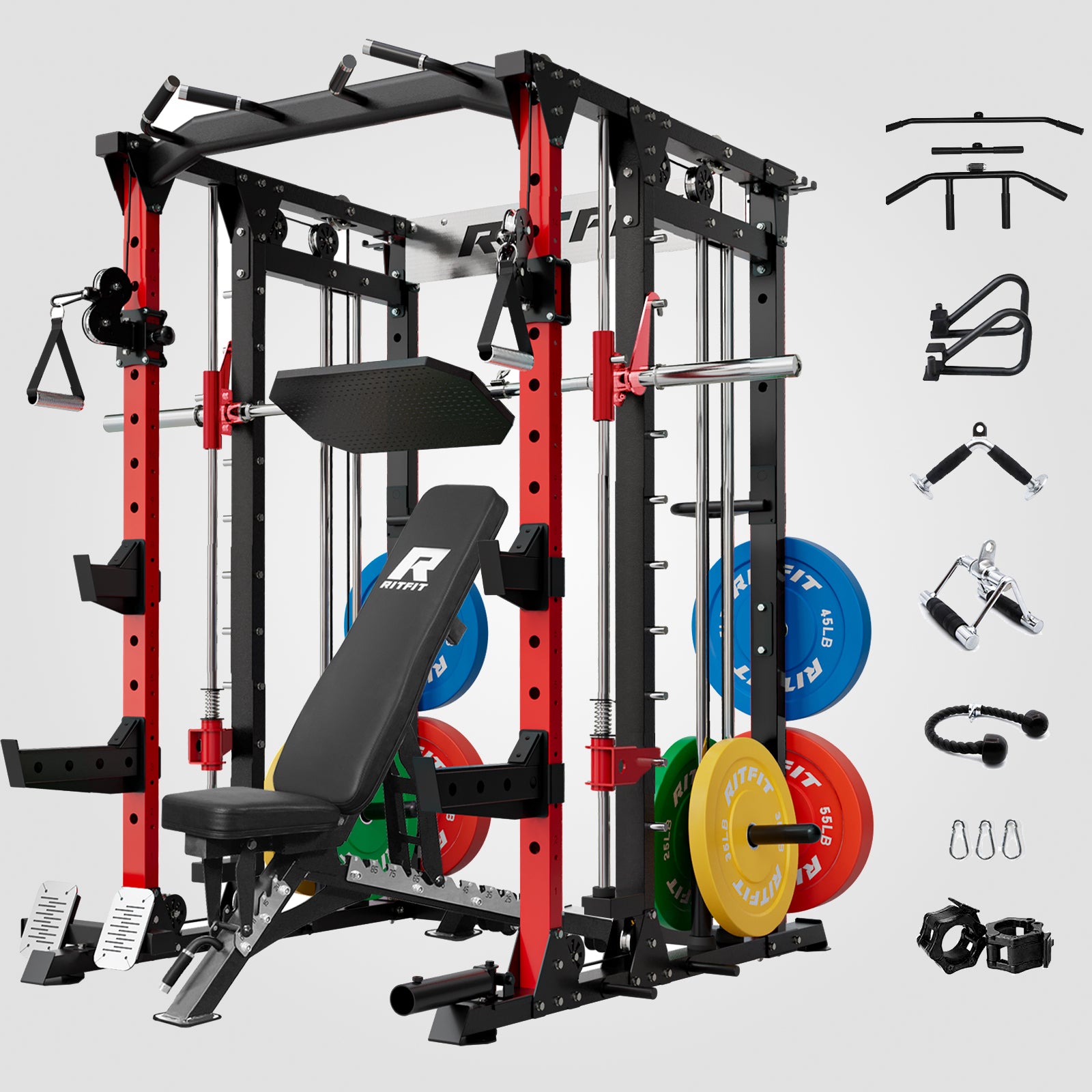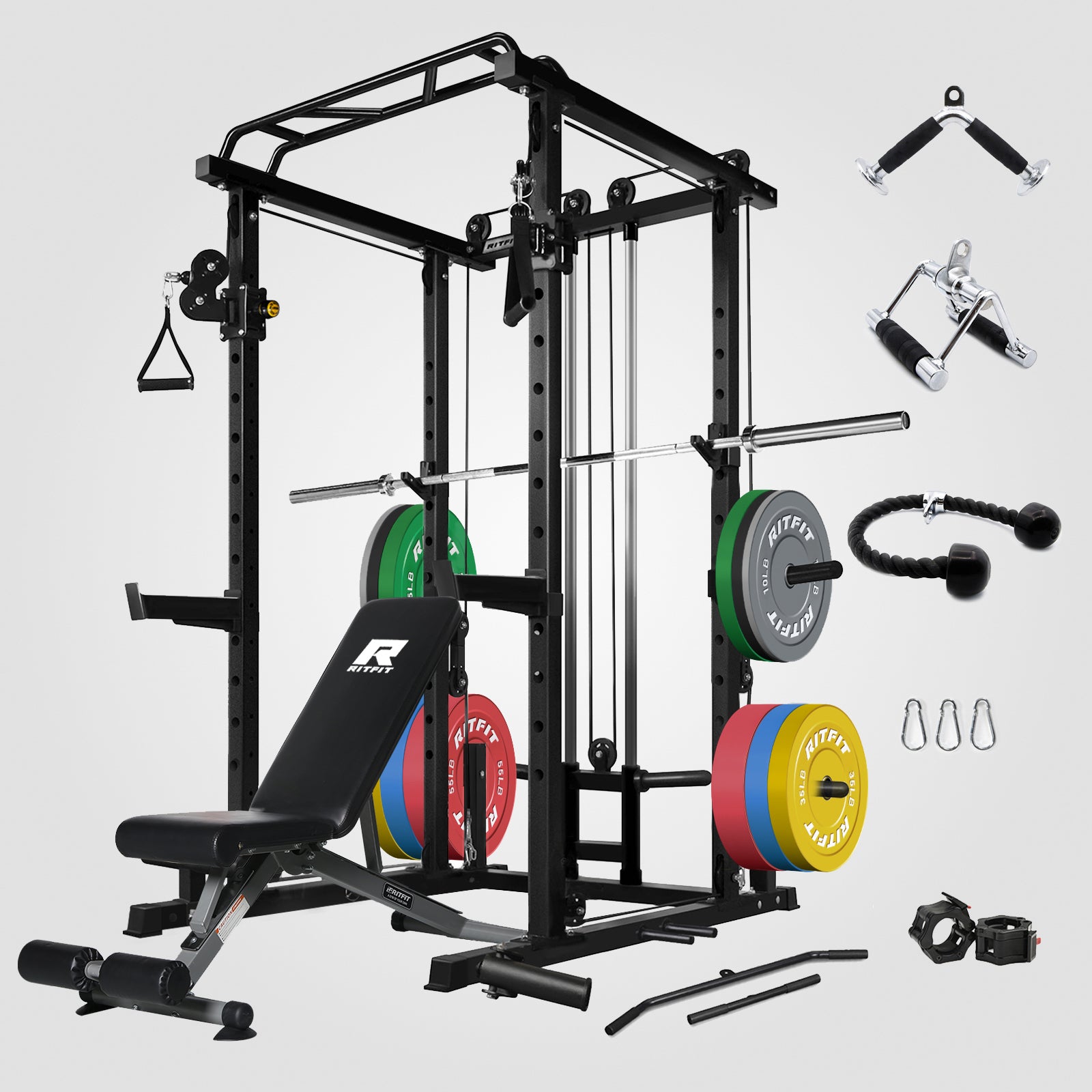Imagine putting thousands of hours of work into your sport over the course of almost your entire life and actually qualifying for the Olympic Games. It would be indescribable, only surpassed by the feeling that comes with standing atop the podium, listening to the sweet sound of the national anthem playing, a little piece of gold hanging from your neck.
Those who have trained hard enough to qualify for the Olympics usually have access to appropriate top-notch fitness equipment. Whether this equipment includes items like heavy duty lifting platforms and barbells or all-in-one training machines for overall strength and conditioning development, top athletes understand the importance of investing in the right training equipment to help them get to the top.
However, upon arriving at the Olympic Village, athletes often find themselves in a bit of trouble with regards to equipment availability. With over 11,000 athletes participating in the Games and even the sizable on-site gyms lacking sufficient space for more traditional barbell exercises, athletes need to get a little creative with their lower-body training (Gardner, 2024).
Thank goodness for cable machines and functional trainers!
Let’s look at some go-to cable machine leg exercises the Olympians use for maintaining overall strength in the days leading up to competition:
Cable Belt Squat
A variation of a variation, the cable belt squat is one of the most underappreciated cable machine leg exercises. It allows for significant load to be applied to the legs while completely preserving the lower back (since the load is applied via the belt from the separate weight stack).
For athletes who are looking to maintain, but not necessarily build on current levels of strength during the lead-up to their events, cable belt squats are extremely effective for high-volume work. The attached belt is much more comfortable against the body than the barbell is during back or front squats.
It should be noted that cable belt squats require a bit more effort to set up than most other cable machine leg exercises. You need a plyo box or other elevated surface to stand on in order to create the appropriate leverage and resistance. Thankfully, such surfaces shouldn’t be too difficult to come by, even in the crowded Olympic Village.
Cable Goblet Squat
You’re probably already noticing a trend in our cable machine leg exercise selection: the cable goblet squat is the second straight squat variation on the list. Compound exercises, or movements that work multiple muscle groups simultaneously, provide the best “bang for your buck” in terms of benefits from each repetition (Gentil, Soares, Bottaro, 2015).
Don’t be surprised that Olympic athletes spend a lot of time performing squat variations; it is the “King of Exercise” (and of compound movements) after all!
Although the traditional goblet squat is equal parts functional and accessible, requiring only a single dumbbell or kettlebell to perform, it provides greater lower-body benefits when performed as a cable machine leg exercise.
High-repetition sets of traditional goblet squats often lead to the biceps and other supporting upper-body muscles tiring long before the legs begin to fatigue. Athletes can perform higher-volume sets when they opt for the cable variation.
Cable Pull Through
Taking a break from the cable squatting movements for a moment, the cable pull through primarily targets the hamstrings, glutes, and other areas of the back of the leg. This exercise is an excellent complement to the cable belt squat and cable goblet squat exercises, especially for athletes who are more “quad dominant” and who primarily use these powerful muscles when squatting.
The cable pull through is also ideal for athletes who rely on their ability to hinge, generating massive power via their hip drive to launch a javelin, send a discus flying or to simply warm the hips up for any type of intense activity. Its simplicity and relatively minor equipment requirements (only a cable rope attachment is necessary) makes it one of the most accessible cable machine leg exercises for Olympians and casual lifters alike.
Cable Forward Lunge
Other than the standard squat and its variations, the lunge might be the most functional and most popular movement in the world of sports. Think about a soccer player lunging to disrupt a fast break, fencers lunging into and away from each other as they attack and defend, or a gymnast standing with a slight lunge after landing a tough tumbling pass.
Needless to say, a lot of cable forward lunging is taking place inside the Olympic Village gym.
As with the cable pull through, the cable forward lunge only requires a cable machine and a rope attachment. After wrapping the attachment around the back of the neck, the athlete can start lunging forward and backward to immediately begin experiencing a significant burn in the glute muscles.
Cable Lateral Lunges
The lateral lunge isn’t the most popular cable machine leg exercise and is more technically complicated to perform with proper technique than the other movements on this list. True, world-class athletes are accustomed to more complex movements, but the lateral lunge’s learning curve is low enough for even intermediate lifters to master.
Cable lateral lunges can be performed with the hands holding either a rope attachment or a cable handle as you repeatedly lunge to one side, returning to a standing position after each rep. It provides many of the same glute-strengthening benefits of the forward lunge with the added benefit of improving overall mobility while toning the inner thighs.
Olympic Cable Machine Leg Exercises…at Home?
As you may have noticed in our breakdown of the top cable machine leg exercises for Olympians, anyone with access to a cable machine can perform all of these exercises. Think about that for a minute…if you get your hands on something like the M1 or BPC05, you’d be on a level playing field with the world’s greatest athletes during the Olympic Games!
Although you might not have any Olympic aspirations at the moment, don’t hesitate to add one or all five of these exercises to your lower body or leg day training regimen. You have to figure that if these cable machine leg exercises work well enough for Olympic gold medal winners, then they will be more than capable of helping you to achieve your own training goals, whether that’s building size and strength, or targeting and toning certain muscles to help you achieve a lean aesthetic.
…and if you are training at home, you don’t even need to “work in” with 10,000 of your closest competitors from around the world!
Summary
During the Olympic Games, athletes can get a little creative with their workouts. With limited training space, many opt for cable machine leg exercises. With numerous squat and lunge variations, find out how you can train like the world's greatest!
References
Gardner, S. (2024, July 26). Which country has the largest delegation in Paris for the 2024 Olympics? USA Today.
Gentil, P., Soareas, S., Bottaro, M. (2015). Single vs. multi-joint resistance exercises: Effects on muscle strength and hypertrophy. Asian Journal of Sports Medicine, 6(2).

